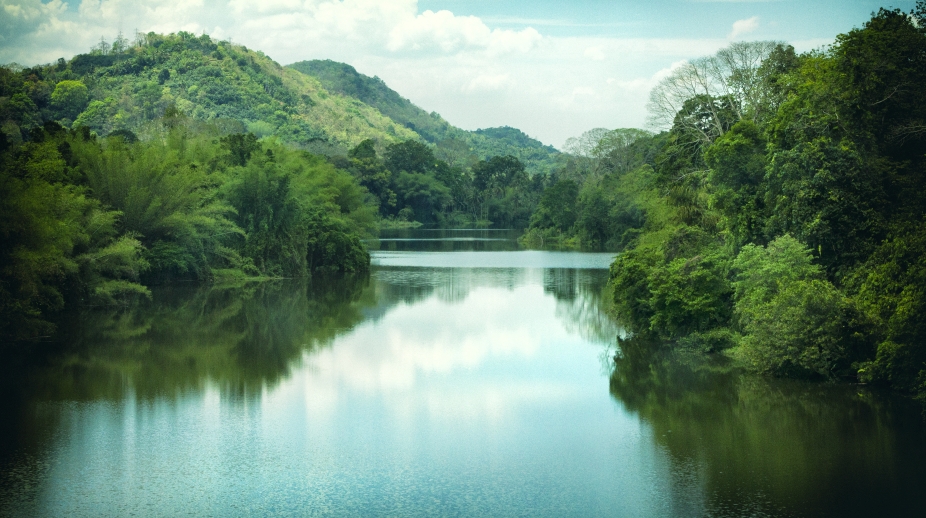Trans-boundary collaboration and sound water management are key to mutually beneficial water utilisation and flood control in India and three other riparian countries of the Brahmaputra basin, experts have said.
The Brahmaputra basin spreads over China, Bhutan, India and Bangladesh and has a total area of 5,80,000 square kilometres.
The river, one of the major rivers in Asia, flows 50.50 per cent in Tibet, 33.60 per cent in India, 8.10 per cent in Bangladesh and 7.80 per cent in Bhutan. India and Bangladesh constitute more than 95 per cent of the total population of the Yarlung Zangbo-Brahmaputra-Jamuna basin, which bears the brunt of the floods.
“Water utilisation in the Yarlung Zangbo-Brahmaputra- Jamuna river is a challenge due to its narrow width and high drainage density which produces high flood wave causing severe flood damage in the lower riparian countries of the basin”, said Arup Sarma of the Indian Institute of Technology (IIT) Guwahati at a workshop on ‘Water and Neighbourhood’ organised by the Third Pole here recently.
Data sharing among the riparian countries was the need of the hour to minimise the effect of flood damage and ensure the benefits of a technically sound and mutually beneficial holistic basin management programme are taken up in a collaborative way, Sarma said.
Floods are a way of life in the Brahmaputra valley and timely sharing of data with the countries can help in evacuating people and livestock, Sarma said.
He said taking necessary safety precautions can prevent loss of lives and minimise flood damage.Heavy flooding since May has so far claimed 157 lives and affected nearly 20 lakh people in Assam.
The Brahmaputra and its tributaries submerged more than 2,500 villages, destroyed 1.06 lakh hectares of cropland, damaged infrastructure by breaching embankments and overrunning roads and bridges.
Nearly 75 per cent of Kaziranga National Park, a world heritage site, had been inundated. An understanding exists between four countries – China, India, Bhutan and Bangladesh – but a multilateral body comprising the four countries can go a long way to address the trans-boundary issues of the river basin and ensure its proper management, said Anamika Barua of IIT Guwahati.
All riparian countries must realise the importance of collaboration leads to ecological benefits that come from sound water management and a healthy eco-system, Barua said.
She said the benefits to societies by using water to produce services and intra-basin relations lead to trade agreements and regional integration.The Brahmaputra basin has the highest water resources potential but its utilisation percentage is low mainly due to its high temporal variation of more than 75 per cent in four months leading to severe floods, erosion and drought.
“With climate change and anthropogenic impacts, temporal variation may further increase, increased intensity of rainfall and high sediment load add more complexities to the system but it is the concept of Ecological Management Practices (EMPs), if applied at large scale, that can help maintaining ecological balance of the basin”, Sarma said.
Increasing basin storage by EMP application and well designed mutually beneficial multipurpose reservoir project can help improve the present scenario of disastrous flooding, erosion, landslide and poor water utilisation, he said.











